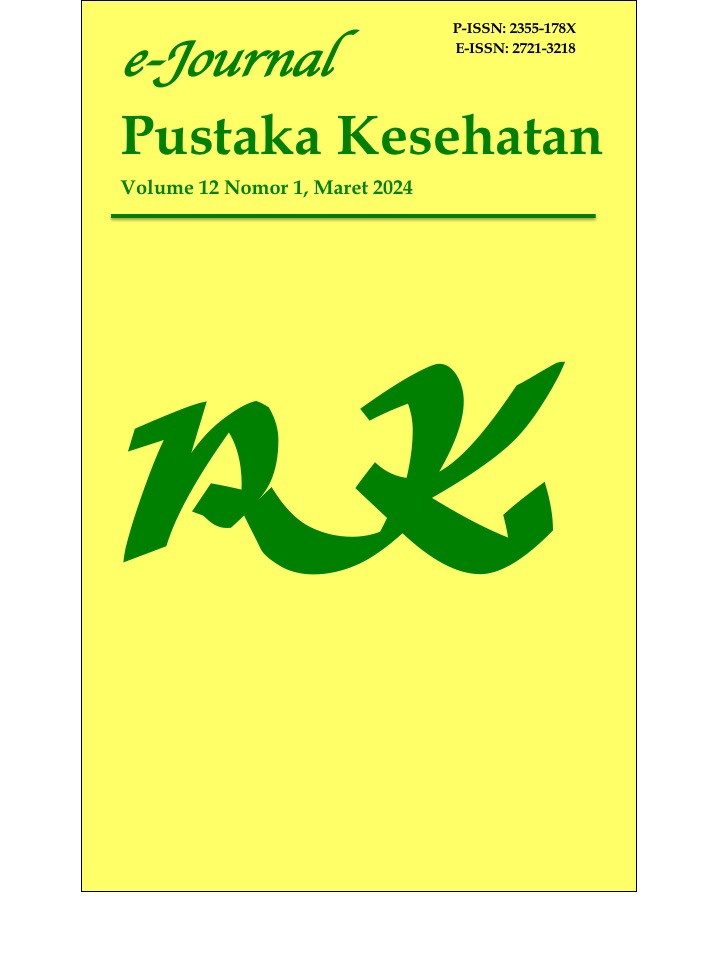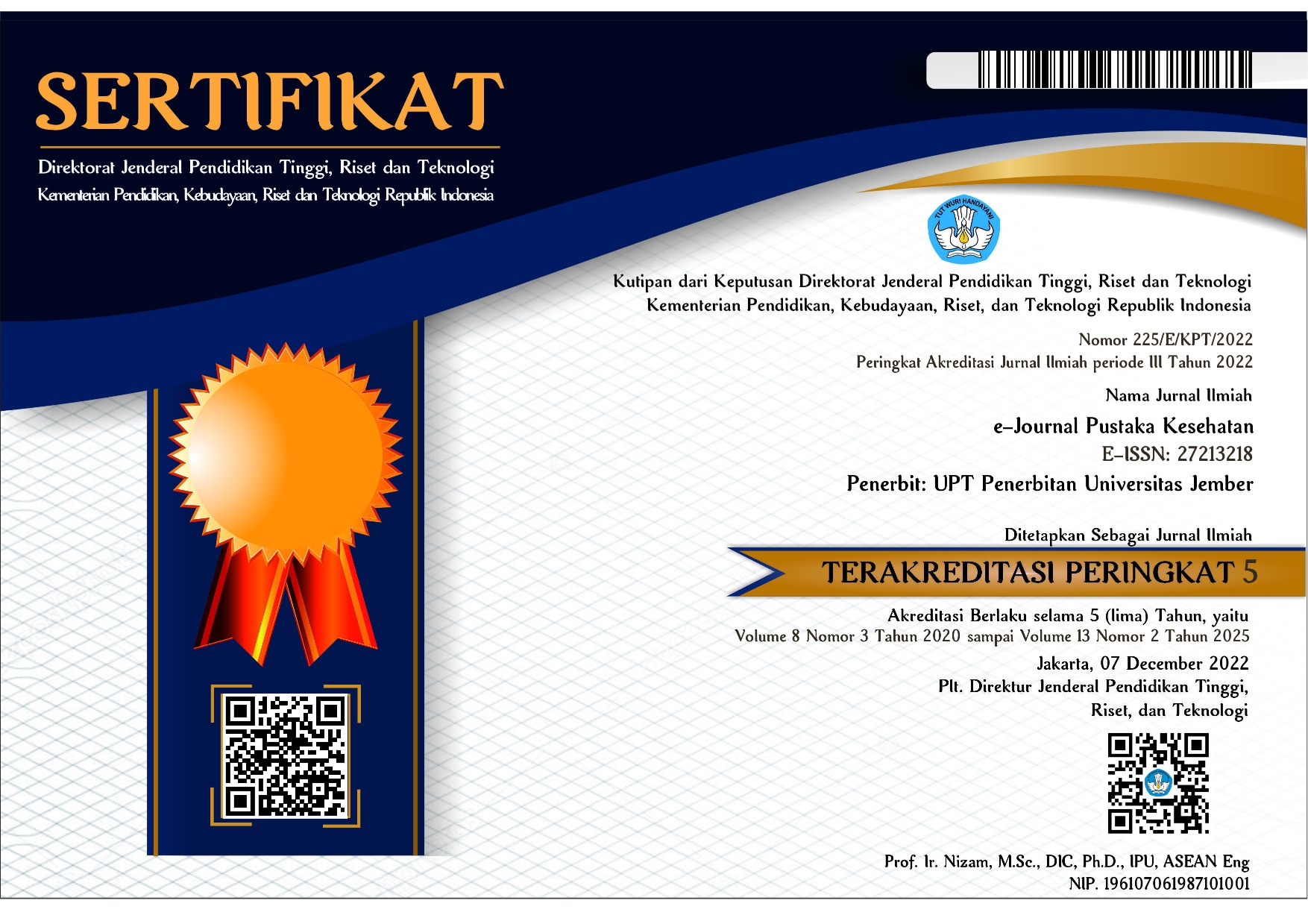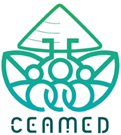Gambaran Tingkat Pengetahuan tentang Kesehatan Reproduksi pada Remaja SMA di Kabupaten Kubu Raya
Abstract
Indonesian adolescent reproductive health mentions one of the actions of adolescents that often becomes a problem for their reproductive health is that adolescents have friends who have had sexual relations at the age of 15-19 years. Females accounted for 34.7%, and adolescent boys 30.9%. This condition shows that adolescents very highly carry out premarital sex behavior, and this sexual activity puts adolescents at risk of various reproductive health problems. This study aimed to determine the level of knowledge about reproductive health in high school adolescents in Kubu Raya Regency. The method in this study was carried out using a quantitative descriptive research design with a cross-sectional research approach. The sampling using a stratified random sampling technique. The results obtained were the categories of knowledge found in respondents, namely, knowledge level of knowledge amounted to 160 people (74.4%), medium amounted to 45 people (20.9%), and less amounted to 10 people (4.7%). Based on the research results, it was found that women found the level of knowledge by gender to be better than that of men.
References
[2] WHO, Kesehatan Reproduksi Wanita ISK. Jakarta: Salemba Medika, 2013.
[3] Komang S. A, Ni Rai S. A., and Ni Made Ayu W., “Peningkatan Pengetahuan Remaja Mengenai Kesehatan Reproduksi di SMPN 3 Sukawati,” JAI: Jurnal Abdimas Itekes Bali, vol. 2, no. 1, pp. 74–78, 2022.
[4] E. R. Oktavia, F. R. Agustin, N. M. Magai, and W. H. Cahyati, “Pengetahuan Risiko Pernikahan Dini pada Remaja Umur 13-19 Tahun,” HIGEIA (Journal of Public Health Research and Development), vol. 2, no. 2, pp. 239–248, Apr. 2018, doi: 10.15294/higeia.v2i2.23031.
[5] A. Gumanta, “Pengembangan Aplikasi Pengukuran Tes Kebugaran Jasmani Berbasis Android,” Jurnal Ilmu Keolahragaan, pp. 196–206, 2020.
[6] A. Diananda, “Psikologi Remaja Dan Permasalahannya,” Jurnal Pendidikan dan Pemikiran Islam, pp. 116–133, 2019.
[7] I. Ichsanudin and A. Gumantan, “Tingkat Motivasi Latihan UKM Panahanteknokrat Selama Pandemi Covid,” J Phys Educ, pp. 10–13, 2020.
[8] R. Yuliandra and Fahrizqi, “Development Of Endurance With The Ballexercise Model In Basketball Games,” Jurnal Pendidikan Jasmani,Olahraga dan Kesehatan, pp. 61–72, 2020.
[9] Aprilianto and Fahrizqi, “Tingkat Kebugaran Jasmani Anggota UKM Futsal Universitas Teknokrat Indonesia,” J Phys Educ, pp. 1–9, 2020.
[10] R. Nugroho and A. Yuliandra, “Analisis Kemampuan Power Otot Tungkai Pada Atlet Bola Basket ,” NSport Science And Education Journal, 2021.
[11] D. Pratama and Y. P. Sari, “Karakteristik Perkembangan Remaja,” Jurnal Edukasimu, vol. 1, no. 3, 2021.
[12] L. I. Dini, P. Riono, and N. Sulistiyowati, “Pengaruh Status Kehamilan Tidak Diinginkan Terhadap Perilaku Ibu Selama Kehamilan Dan Setelah Kelahiran Di Indonesia ,” Jurnal Kesehatan Reproduksi, vol. 7, no. 2, Sep. 2016, doi: 10.22435/kespro.v7i2.5226.119-133.
[13] L. B. Finer and M. R. Zolna, “Declines in Unintended Pregnancy in the United States, 2008–2011,” New England Journal of Medicine, vol. 374, no. 9, pp. 843–852, Mar. 2016, doi: 10.1056/NEJMsa1506575.
[14] E. (2017). A. P. S. T. M. Y. S. D. B. T. P. J. D. S. Yuliana, “Yuliana, E. (2017). Analisis Pengetahuan Siswa Tentang Makanan Yang Sehat Dan Bergizi Terhadap Pemilihan Jajanan Di Sekolah,” Universitas Muhammadiyah, Purwokerto, 2017.
[15] I. Jayusman and O. A. K. Shavab, “Aktivitas Belajar Mahasiswa Dengan Menggunakan Media Pembelajaran Learning Management System (LMS) ,” Jurnal Artefak, vol. 7, no. 1, p. 13, Apr. 2020, doi: 10.25157/ja.v7i1.3180.
[16] R. R. Tarihoran, “Gambaran Pengetahuan Remaja Tentang Kesehatan Reproduksi di SMA Negeri 1 Medan,” Universitas Sumatra Utara, Medan, 2017.
[17] Sugiyono, Metode Penelitian Kuantitatif Kualitatif R&D. Bandung: Alfabeta., 2019.
[18] Ernawati, “Pengetahuan Kesehatan Reproduksi Remaja Didaerah Pedesaan,” Indonesian Journal For Heath Sciences, 2018.
[19] D. Kartikasari, D. Ariwinanti, and A. Hapsari, “Gambaran Pengetahuan Kesehatan Reproduksi Siswa SMK di Wisnuwardhana Kota Malang,” Preventia : The Indonesian Journal of Public Health, vol. 4, no. 1, p. 36, Jun. 2019, doi: 10.17977/um044v4i1p36-41.
[20] R. Damayanti, “Hubungan Tingkat Pengetahuan Kesehatan Reproduksi Remaja Dengan Sikap Seks Pranikah Pada Mahasiswa Semester 4 Program Studi Div Bidan Pendidik Stikes,” Sekolah Tinggi Ilmu Kesehatan Aisyiyah, Yogyakarta, 2014.
[21] Istioningsih, “Tingkat Pengetahuan Remaja Tentang Kesehatan Reproduksi,” Jurnal Keperawatan, pp. 85–92, 2020.
[22] C. Indra Lukmana and F. Ani Yuniarti, “Gambaran Tingkat Pengetahuan Kesehatan Reproduksi Remaja pada Siswa SMP di Yogyakarta,” Indonesian Journal of Nursing Practices, vol. 1, no. 3, 2017, doi: 10.18196/ijnp.1369.
[23] Mukhsinah, “Gambaran Tingkat Pengetahuan Seksual Santri Kelas VIII Madrasah Tsanawiyah Persatuan Islam 69 Matraman,” UIN Syarif Hidayatullah, Jakarta, 2014.
[24] Ariani, Aplikasi Metodologi Penelitian Kebidanan dan Kesehatan Reproduksi. Yogyakarta: Nuha Medika, 2014.

This work is licensed under a Creative Commons Attribution-ShareAlike 4.0 International License.
e-Journal Pustaka Kesehatan has CC-BY-SA or an equivalent license as the optimal license for the publication, distribution, use, and reuse of scholarly work. Authors who publish with this journal retain copyright and grant the journal right of first publication with the work simultaneously licensed under a Creative Commons Attribution-ShareAlike 4.0 International License that allows others to share the work with an acknowledgment of the work's authorship and initial publication in this journal.











